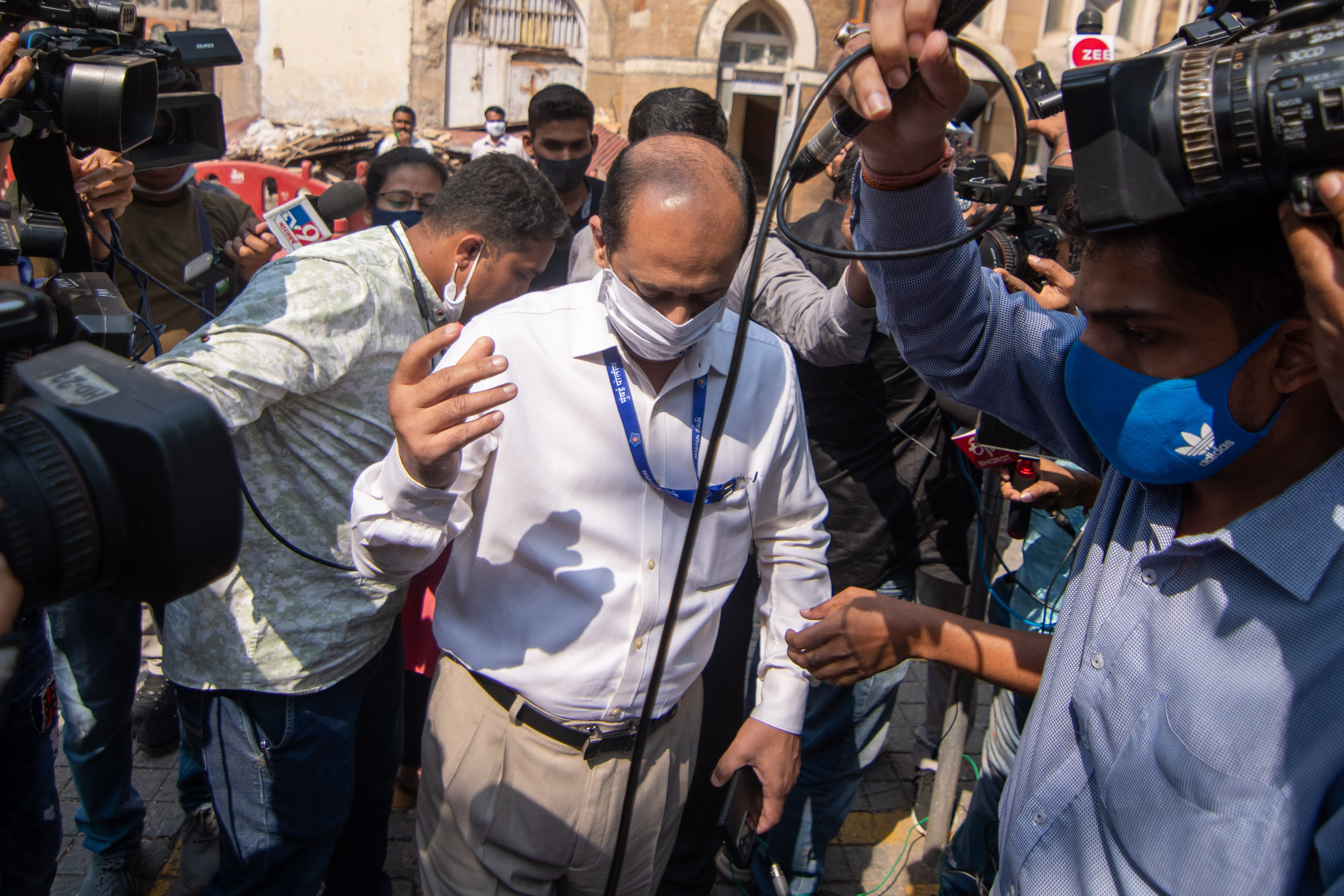What kinds of lives can war widows have when their husbands sacrificed themselves for their country’s safety and dignity? How will they navigate through years of hardship?
The story of each Kargil war widow is unique, yet they all have the same question: “Will they have a place in the society to live peacefully?”
Under a well-settled Maharashtran policy of allotting isolated pieces of government land to Cooperative Housing Societies, the Adarsh Housing Society, a 31-story building constructed with the main aim of housing war widows of the 1999 Kargil war. However, what was meant to be a hope and a house for war widows quickly escalated to become a symbol of political corruption.
Little Backstory
Built in Colaba, Mumbai, a posh locality known for high-end shopping boutiques, the issue around the Adarsh Society building was first raised by a newspaper in 2003. Receiving no official reaction, the matter was again hyped by the media in 2010. Questions were raised about how the apartments constructed for the welfare of war widows were grabbed by bureaucrats, politicians, generals and novice policemen who had absolutely nothing to do with the Kargil war.
What seemed only to be a misuse of granted land slowly turned into a murkier case when the CBI and Army got involved.
Investigations Are On
 A two-member judicial team was set up by the Maharashtra government in 2011 to carry out further investigations and an FIR was registered by the CBI under section 120 (b) and under several sections of the Prevention of Corruption Act 1988.
A two-member judicial team was set up by the Maharashtra government in 2011 to carry out further investigations and an FIR was registered by the CBI under section 120 (b) and under several sections of the Prevention of Corruption Act 1988.
Official inquiries led to various shocking revelations. It was revealed that the Navy initially opposed the Maharashtra government’s decision to give permission for Occupation Certificated on the claims of “serious security concerns” (given the fact that the building was right next to military installations and a planned helipad). It was further proved that the building didn’t obtain a NOC from the Ministry of Environment and Forests. As the probe grew, an alleged violation of the floor space index (FSI) was discovered – the Adarsh society building had used an FSI of 1.77 instead of 1.33 for certain areas. Worst of all, the society, which is a 31-story building, was actually meant to have only 6 floors.
As the CBI held the reigns of the investigation, the names of jealous politicians, mediocre bureaucrats and Army personnel were revealed and 14 people were charged. The accusation was also made against the then Chief Minister, Ashok Chavan.
The CM Accused
As the CBI charged chief minister Ashok Chavan, the latter joined the club of scandal-scarred Indian politicians.
The investigation did not only prove the CM’s contribution to the Adarsh Society scam but some of his relatives, including his mother-in-law, are said to own three flats in the building.
The CM’s prosecution was a point of friction in the case. In 2013, K. Sankaranarayanan, a Maharashtra governor back then refused to prosecute the CM, but a court session refused to omit his name as an accused in the case. And, finally, in 2017, Bombay HC ruled against him, leading to his resignation.
Other Arrests
 Besides the CM, several “aristocrats” were charged.
Besides the CM, several “aristocrats” were charged.
Pradeep Vyas, the then Secretary of the Finance Department of the Maharashtra government, was the first serving bureaucrat to be arrested (followed by twelve others).
In a planned interview with The Hindu, General VK Singh, the then Chief of Army Staff viewed the criminal charge as an attempt to malign his reputation – as if we are going to believe in those futile words!
What Next?
It’s not surprising to notice that some of the flat owners have been offering to return their flats, along with the allegations made against them.
The court ordered the building demolished in 2016, citing illegal construction. However, the society filed an appeal with the Supreme Court of India, which ordered a stay of demolition in 2018.
Today, the building stands where it was, protected and secured by the Indian Army under the orders of the Supreme Court.